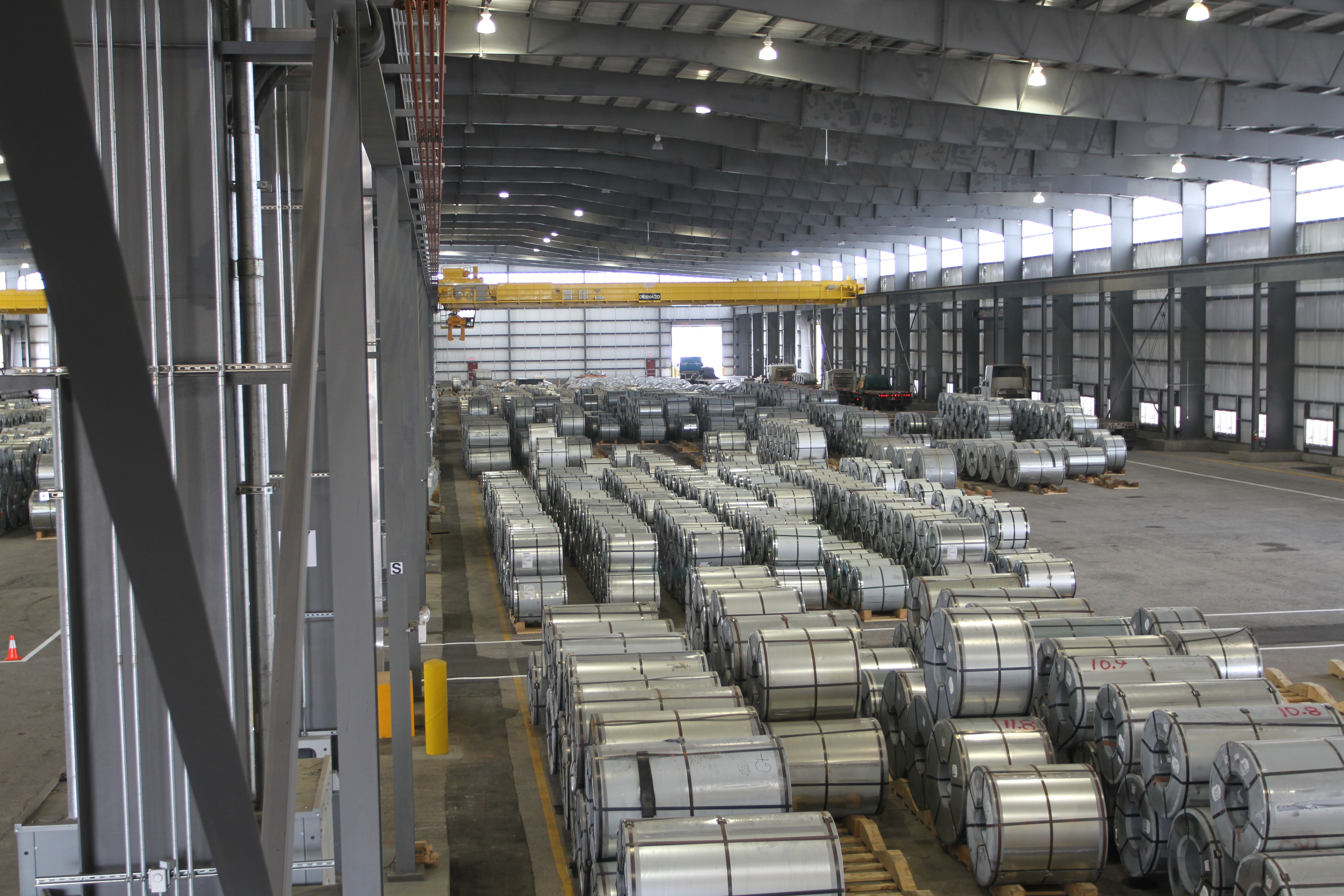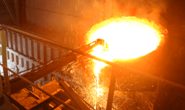Steel Markets

New Home Sales Drop Sharply in December
Written by Sandy Williams
January 25, 2017
New residential sales of single-family homes fell 10.4 percent from November’s revised rate of 598,000 to a seasonally adjusted annual rate of 536,000 in December. The U.S. Census Bureau and the Department of Housing and Urban Development reports year-over-year sales were down 0.4 percent.
The drop in December was much sharper than expected by economists. Wall Street Journal economics expected a decrease of 1.5 percent while Reuters expected a dip of just 1.0 percent.
The median price of new homes in December was $322,500 and the average sales price was $384,000. Inventory stands at a seasonally adjusted estimate of 259,000 houses at the end of December. At the currently sales rate, this represents a supply of 5.8 months.
For the year 2016, an estimated 563,000 new homes were sold, a 12.2 percent increase from 2015.

Sandy Williams
Read more from Sandy WilliamsLatest in Steel Markets

USW cheers Evraz NA agreement with Atlas Holdings
The United Steelworkers (USW) labor union celebrated recent news of the signed agreement between Atlas Holdings and Evraz NA in which the Connecticut-based private equity company said it plans to acquire North America’s Evraz facilities.

Steel buyer spirits tempered by soft spot market conditions
Steel sheet buyers report feeling bogged down by the ongoing stresses of stagnant demand, news fatigue, tariff negotiations or implementation timelines, and persistent macroeconomic uncertainty.

Hot-rolled coil buyers continue seeking certainty
Steel market participants contend that buyers will remain in “wait-and-see" mode until some market stability is restored.

Latin American steel advocates warn on cheap import flood
Subsidized Chinese steel imports and cheap steel products from Association of Southeast Asian Nations (ASEAN) entering Latin American (LATAM) are threatening the region's steel market.

CRU: Steel prices fall amid global demand weakness
The forceful headwinds bearing down on steel markets across the globe have created demand challenges and sent prices southward. The US, however, challenged the global trend.
